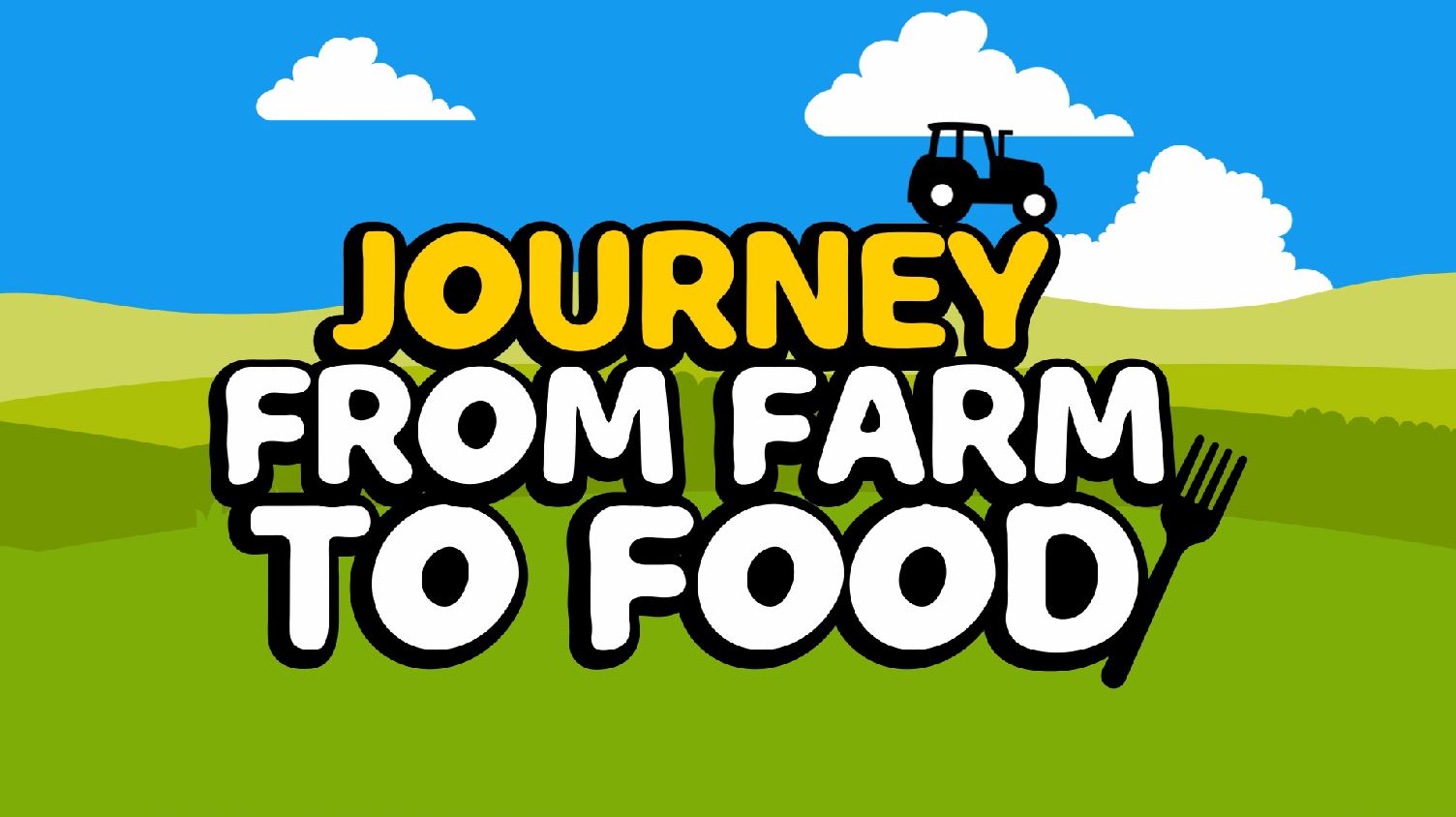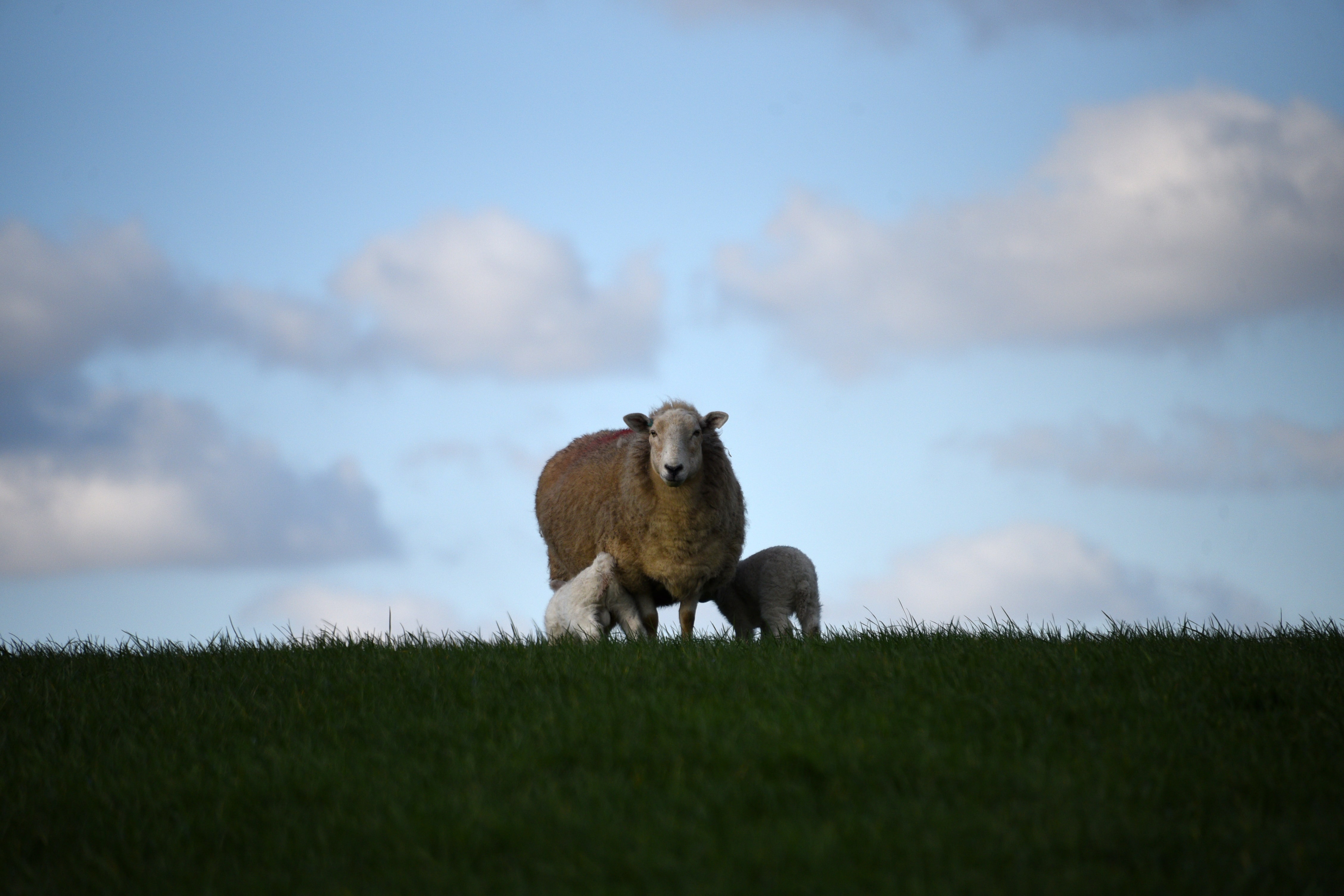An assessment of the benefits of utilising Inverdale carrying sires to produce crossbred sheep within a Welsh context
Aim
This project aimed to provide data on the performance and resulting economic benefits which was achieved by using the Inverdale technology in a Welsh context. It examined the extent of the increase in ovulation rate and litter size when the Inverdale gene is incorporated into crossbred ewes of UK origin produced by crossing an Inverdale-carrying ram onto Welsh hill ewes. It then aimed to quantify the benefits on carcase weight and carcase quality of (by-product) wether lambs when using an Inverdale-carrying Texel type ram rather than a Bluefaced Leicester ram crossed onto hill ewes.
Why is it important?
Less than 60% of all lambs sold in the UK meet mainstream buyer requirements, and the situation is worse than this within Wales. This is partially attributed to poor carcase quality of the hill breeds themselves and longwool crossing breeds which are used extensively for crossing onto hill breeds for the production of Mule and Halfbred ewes. These Mule/Halfbred ewes are of modest carcase quality for crossing with rams of the terminal sire breeds in lowland flocks, and the wether lambs arising from Mule/Halfbred production are themselves of poor carcase quality. Improving the carcase quality of these wether lambs and the crossbred ewes which dominate the lowland sector is therefore a priority.
The Inverdale gene in the heterozygous condition increases ovulation rate and the number of fertilised eggs implanted, and so has the potential to improve lambing percentage as long as lamb survival can be maintained.
The Inverdale gene, incorporated into an appropriate sire breed, could therefore offer Welsh Hill/Upland farmers a mechanism for generating replacement crossbred females for sale to lowland producers that produce terminal sire-cross lambs better able to meet market requirements. These Inverdale-cross ewes should have added value and command a price premium compared with the standard Mule/Halfbred ewe. This crossbreeding strategy should also have the added advantage of providing wether lambs with improved carcase quality and value. Both of these benefits could significantly affect the finances of a Welsh enterprise when introduced as part of a managed breeding programme.
How did the project work?
This project provided a detailed evaluation of the management and performance of:
(i) wether lambs out of Welsh hill ewes when sired by Inverdale-carrying Texel-type rams benchmarked against a contemporary group of wether lambs sired by Bluefaced Leicester rams;
(ii) an assessment of the biological and economic performance of crossbred ewes, and their terminal sire (Charollais) cross lambs against a contemporary group of Welsh Mules.
Who did the work?
This project was undertaken at the Institute of Rural Sciences, University of Wales Aberystwyth
The project was funded by HCC and Innovis Ltd.



